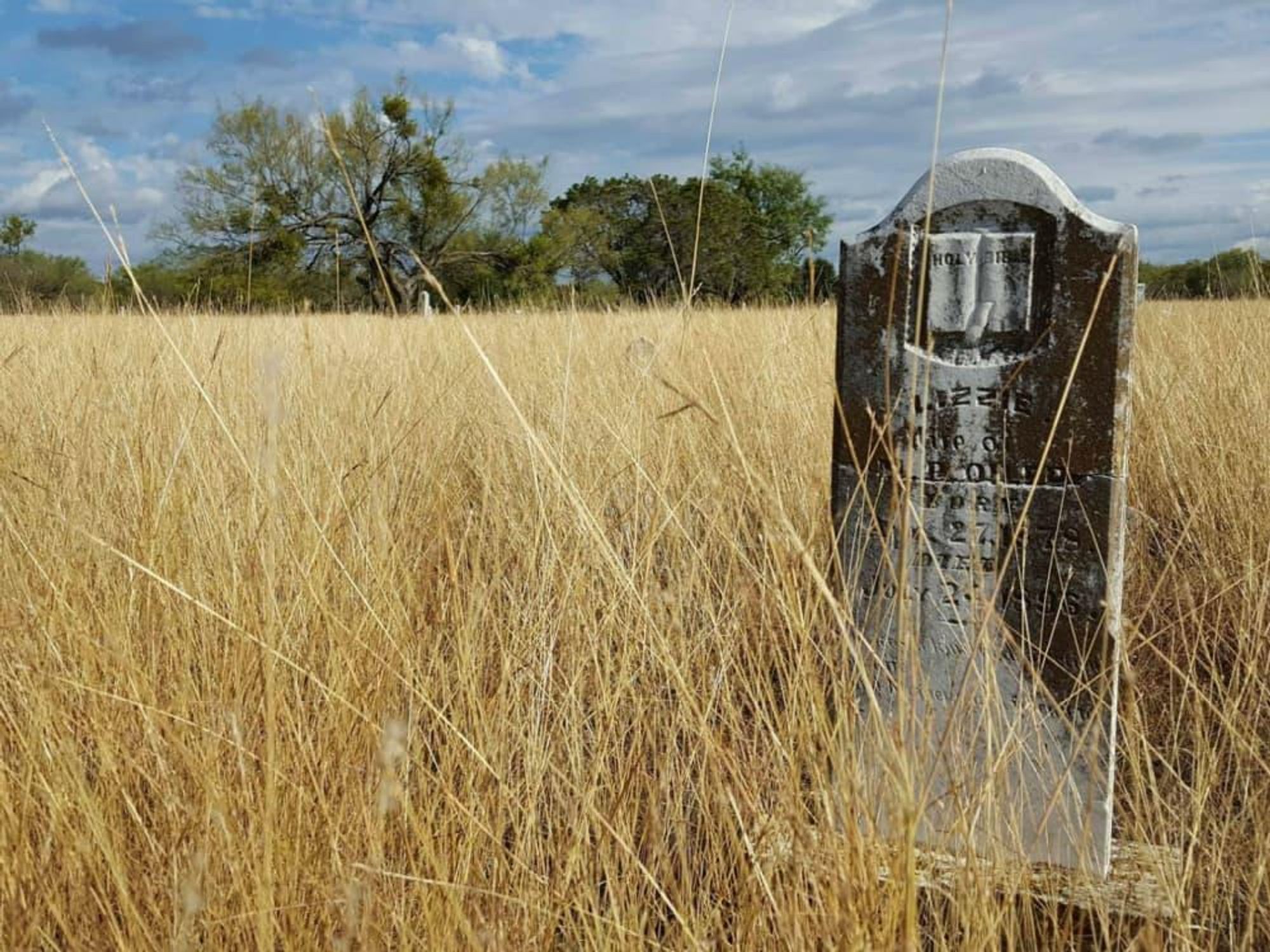Haunting Day Trip
This ghost town and its spooky cemetery lie just west of Fort Worth

Editor's note: Dallas resident Stacy Breen is an intrepid explorer of local culture with an instinct for making nifty discoveries. She's contributing a weekly column on her cool finds.
Thurber, Texas is a place I'd been meaning to hit for a few years. It's right off I-20, and such a tiny town that it's easy to drive by it and miss it. And yet a century ago, it was one of the biggest towns around.
I found out about Thurber from a travel brochure. Any time I cross a state line, I like to stop at the tourist centers and check out brochures of places I don't know. Texas Travel Information Centers break it into geographical areas so you can hone in on where you are and find out, "What do I not know about?" So there was the brochure for Thurber, a ghost town an hour west of Fort Worth.
The thing at Thurber was coal mining. Between 1888 and 1921, Thurber was one of the biggest producers of bituminous coal in Texas. At the time I spotted the brochure, my son Finley was hugely into Minecraft, so I thought it would be cool to check out a town with real mines. He was not interested.
Another thing that piqued my interest is that the mine workers were nearly all immigrants who came from all over the world to work. The majority of workers came from other countries, mostly Italy, but also Poland and Mexico.
I never got around to doing it as a trip on its own, but if you're visiting Marfa or Abilene, which I did recently with a friend, it's perfect as a stop on your way to or from.
The visitors center
Some of the town's history has been preserved as a project by Tarleton State University, which runs the visitors center. All of that history is preserved there, with artifacts, bricks — which Thurber also produced — and everyday common things used by the workers. They also had a complete recreation of a guy working in a coal mine. It's like a history lesson, like going to the Sixth Floor Museum. It was a nicely done visitors center in the middle of nowhere, and it's more interactive than others I've been to. It was easy to get caught up in it.
Unfortunately, there are no mines open to the public to tour. It would be cool if you could look at them, but apparently they're all located on private property so you can't see them.
Things changed in Thurber after oil was discovered nearby. The coal mines were shut down, and the mining companies either dismantled or razed nearly every structure, turning it into the ghost town it is today. Only a couple of buildings remain.
The restaurant
One building holds a restaurant called the Smokestack, a home-cooking place famous for its spiral dinner rolls, with biscuits and gravy and daily specials like meatloaf and chicken-fried steak. The name comes from the power plant smokestack that once provided the town with electricity; you can see it from I-20.
The restaurant is in an old mercantile building, built in the 1890s. The brick walls have antique signs and historical photos, and there's a piano. They're open for breakfast, lunch, and dinner, and make a good stop not only for Thurber visitors, but for travelers on I-20.
The cemetery
My main thing I wanted to see was the cemetery; I like old cemeteries. But it was a little weird getting inside. It suffered some vandalism last year; two monuments were destroyed. We had to ask how to get there. You get to a gate and there's a road going up a hill. We weren't sure if we should walk or drive. We drove, and it was a good thing, because it was quite a distance.
There are more than 1,000 graves there. Some had little fences built around them; one had a doll that was really old. It was just the kind of weird and creepy that I like. Many were written in languages I couldn't read, and many of the people who'd died were younger than me. They'd come from far away to work and have a prosperous life here, but died young because they were working in the coal mines.
I used to go to cemeteries a lot when I was younger, I guess because I was a goth punk kid obsessed with death. I like going to them in the same way that I like going to estate sales. I like wandering around looking at things in a quiet manner, wondering who and what all of this was.
